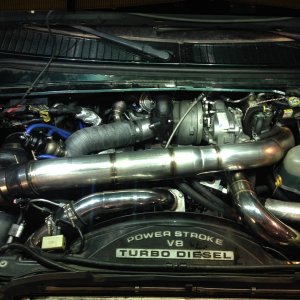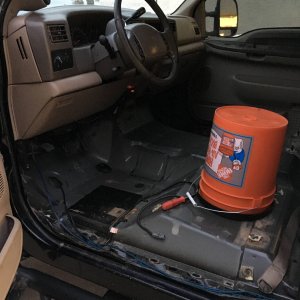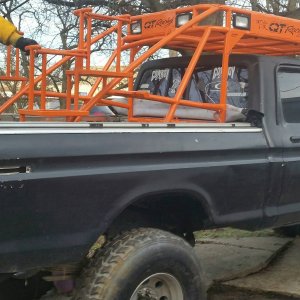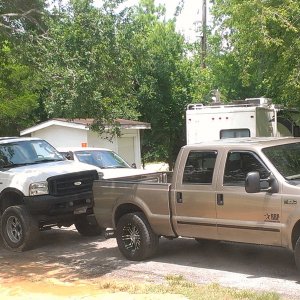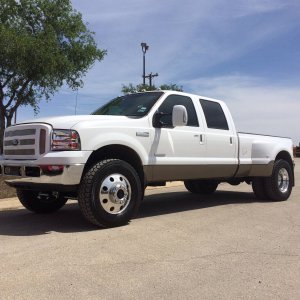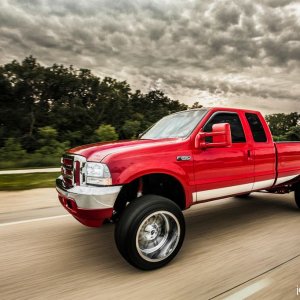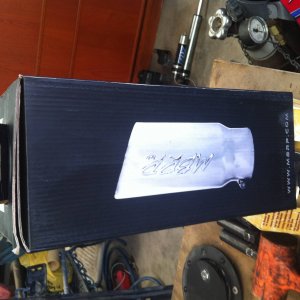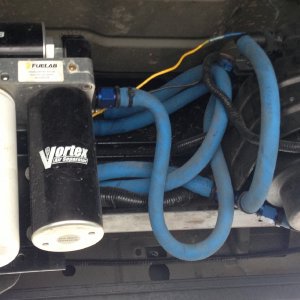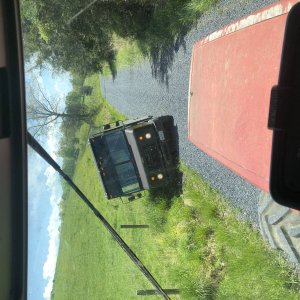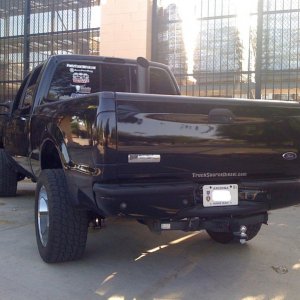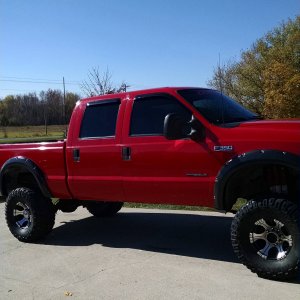Very well put. I think he does all of his diesel testing on the Mustangs but don't quote me on that. Which do you prefer for diesels? Thanks for thought provoking discussion on dynos.
For diesels, I had great success with the Dynocom DC-1800XE, and owned one for several years before I stepped back from tuning full time in 2011. I still use the same machine in it's new location when I need to, I also have access to a pretty wide variety of other machines.
The Dynocom has good load control for diesels, this was a feature I helped design and incorporate into the software and firmware of all their load control units. Basically, you can set a base load at steady state to get the turbo to spool up, then as you accelerate the load increases in a very user adjustable real world way, much the same as if you did a 20 to 100mph highway blast.
The problem with the 248C is it's inertia only and thus, a fixed load. So your load does not rise against the engine and it produces impossible acceleration rates for the vehicle if it were compared to the real world. And that's why the readings tend to skew high as well.
Most Mustang installations are the venerable old MD-250, (designated by it's original horsepower capacity rating of 250hp). If you look these days they claim it can test up to 750 or 1000hp. The problem is there isn't enough contact between the tire and the roller to load the vehicle correctly and to avoid melting tires, the reduce the load force, which again allows for an unrealistic acceleration rate compared to the real world.
Dynojet and Mustang machines with load control and 24"-30" rollers are better, but they still have their limitations. And if you enjoy living, there are some other machines that are completely unsuitable for diesel testing, down right dangerous is a better way of putting it.
For the best all around machine I've run diesels on was a 36" Dynocom with a BIG power absorber, it was a monster and could tame anything you through at it. But I've also had some experience with Superflow and Mustang large diameter load machines, and they are suitable for diesels as well.
And getting this back on track a bit, I just need to get my calculations ironed out and that will ultimately decide which injectors and what HPOP I'm going to run. I really want a lot from the combination in flexibility and I'm perfectly willing to go against conventional wisdom a little bit in the process, wouldn't be the first time, and won't be my last.
Sent by my right thumb!

